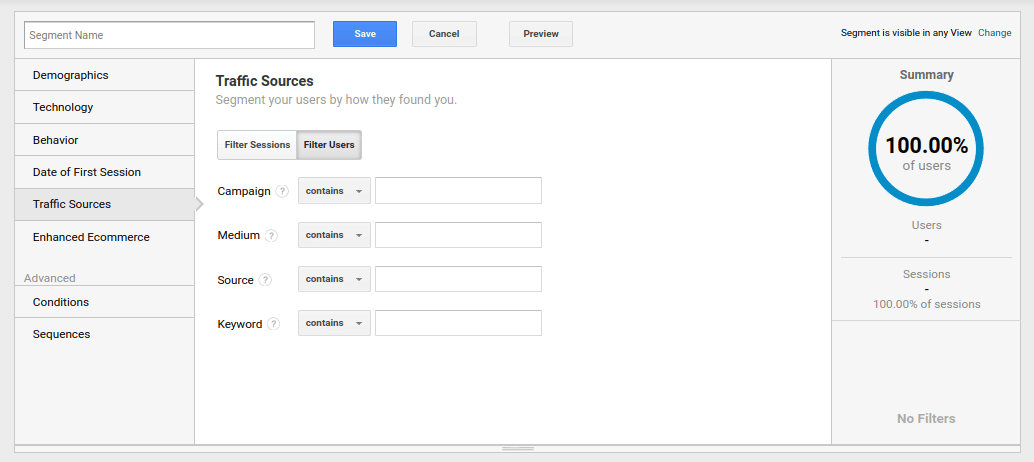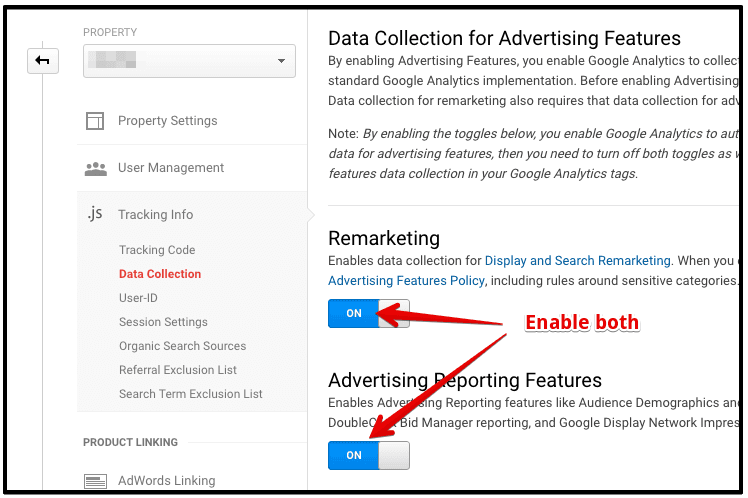Optimizing Your ROI with Remarketing In Google Analytics
Optimizing Your ROI with Remarketing In Google Analytics
Blog Article
Maximize Your ROI With Remarketing in Google Analytics
By harnessing the power of user information and tailoring advertisements to particular target market sections, companies can dramatically amplify their conversion prices. The trip to optimizing ROI via remarketing is a nuanced path led with insights and opportunities that can improve the trajectory of your advertising undertakings.
Understanding Remarketing in Google Analytics
Understanding remarketing in Google Analytics is essential for maximizing your digital marketing method. Remarketing enables you to target individuals who have actually formerly visited your web site or communicated with your application, offering them with tailored ads as they surf other websites or use other applications within the Google Present Network. This approach helps keep your brand name top of mind and encourages users to go back to your website, ultimately boosting the chance of conversion.
By utilizing Google Analytics, you can track the efficiency of your remarketing campaigns, acquiring valuable understandings into individual habits, interaction, and conversions. This information enables you to improve your bidding, messaging, and targeting methods to boost the total efficiency of your campaigns.
Furthermore, recognizing the different types of remarketing checklists offered in Google Analytics, such as basic, dynamic, and comparable audiences, allows you to create tailored and very segmented campaigns tailored to particular customer sections. This level of granularity can substantially improve the importance and impact of your remarketing initiatives, inevitably optimizing your return on investment.
Establishing Remarketing Lists
To successfully apply remarketing projects in Google Analytics, the first action entails configuring and developing remarketing listings targeting particular user sections based on their communications with your internet site or app. By setting up remarketing lists, you can customize your advertising and marketing efforts to get to individuals who have actually already revealed passion in your product and services.
To begin, browse to the Admin area of your Google Analytics account and select the Building where you wish to produce the remarketing checklist. Under the Home column, click on 'Audience Definitions' and select 'Target markets.' Next off, click on the red 'New Target market' switch and choose 'Develop New' to define the parameters for your remarketing list.

Crafting Effective Remarketing Ads

When crafting your advertisements, emphasis on developing eye-catching headings and compelling visuals that stand apart to prospective clients. Incorporate strong calls-to-action that urge individuals to review your site and complete a desired activity. Make use of dynamic remarketing to reveal customized advertisements including product and services that individuals have formerly watched on your site.
Additionally, make certain that your ads are mobile-friendly since a substantial portion of internet website traffic comes from mobile phones. Examination different ad variants to determine which designs and messages drive the most effective outcomes. By continuously refining and optimizing your remarketing ads based Visit This Link upon efficiency data, you can maximize their performance and boost your roi.
Analyzing Remarketing Performance

With Google Analytics, marketers can track the efficiency of their remarketing campaigns in real-time, enabling them to recognize trends, patterns, and areas for enhancement immediately. By assessing the data, marketers can identify which ads are performing well, which target market segments are reacting favorably, and which networks are driving the most conversions. This level of granularity enables marketers to make data-driven decisions to maximize their remarketing advocate better results.
Maximizing ROI With Remarketing
Evaluating remarketing data in Google Analytics enables marketing experts to determine chances for optimizing return on financial investment (ROI) through calculated adjustments - What Is “Remarketing” In Google Analytics?. To make the most of ROI with remarketing, it is critical to recognize the actions of your audience. By analyzing user communications, such as the web pages they saw, the products they viewed, or the actions they took on your website, you can customize your remarketing campaigns better
Segmenting your target market based on their behavior enables you to create personalized and targeted ads that are a lot more most likely to resonate with them. By showing pertinent ads to particular sections of your target market, you can boost the possibilities of conversion and inevitably boost your ROI.
In addition, testing different ad creatives, messaging, and offers can aid identify what reverberates ideal with your target market. A/B screening permits you to try out various aspects of your ads to establish what drives the highest possible interaction and conversion rates.
Conclusion
Finally, taking full advantage of ROI with remarketing in Google Analytics calls for a calculated technique to analyzing customer actions, segmenting target markets, creating tailored advertisements, and maximizing campaign efficiency. By leveraging data-driven insights and testing various techniques, services can boost their remarketing initiatives to drive higher interaction and conversion prices. This organized technique guarantees that sources are efficiently designated in the direction of taking full advantage of returns on investment in remarketing projects.
Next off, click on the red try this website 'New Target market' button and choose 'Develop New' to specify the criteria for your remarketing checklist.
By continuously refining and enhancing your remarketing ads based on efficiency information, you can maximize their effectiveness and enhance basics your return on financial investment.
By delving into these understandings, marketing experts can gain a comprehensive understanding of exactly how their remarketing efforts are resonating with their target audience and driving conversions. To maximize ROI with remarketing, it is important to understand the habits of your audience.In conclusion, making best use of ROI with remarketing in Google Analytics requires a strategic approach to evaluating customer habits, segmenting target markets, creating tailored advertisements, and enhancing campaign performance.
Report this page